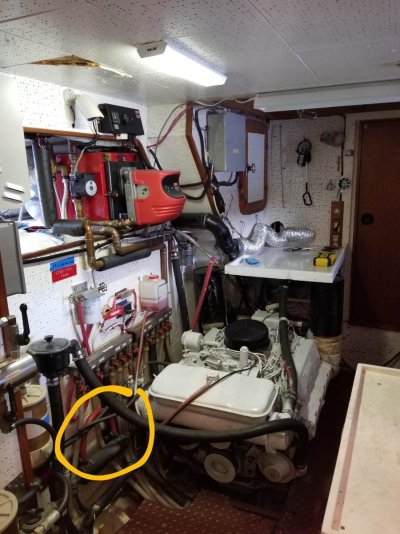Sailinggod
Veteran Member
Hello
I’m wondering if anyone has any experience with Kabola heating systems and winter settings. My new (to me) Mainship 34 has a Kabola system with a setting for Winter/Summer, and a second setting for Engine/Kabola heat. I was told that I could leave the Kabola on Winter setting with the temp set to low and have shore power heat the connected hot water tank. If one of the heat exchangers calls for heat, then the circulating pump should operate without turning on the burner.
This way the boat will be heated (kept warm for the winter) along with the hot water tank and engine without worrying about winterization every water system.
Has anyone had experience with this type of heater and the settings? All the information I find in the manuals does not describe the switch that controls the Winter/Summer and Engine/Kabola setting (although the Engine/Kabola setting is obvious that it uses engine heat when underway).
Cheers and thanks for any experience with these systems.
I’m wondering if anyone has any experience with Kabola heating systems and winter settings. My new (to me) Mainship 34 has a Kabola system with a setting for Winter/Summer, and a second setting for Engine/Kabola heat. I was told that I could leave the Kabola on Winter setting with the temp set to low and have shore power heat the connected hot water tank. If one of the heat exchangers calls for heat, then the circulating pump should operate without turning on the burner.
This way the boat will be heated (kept warm for the winter) along with the hot water tank and engine without worrying about winterization every water system.
Has anyone had experience with this type of heater and the settings? All the information I find in the manuals does not describe the switch that controls the Winter/Summer and Engine/Kabola setting (although the Engine/Kabola setting is obvious that it uses engine heat when underway).
Cheers and thanks for any experience with these systems.


